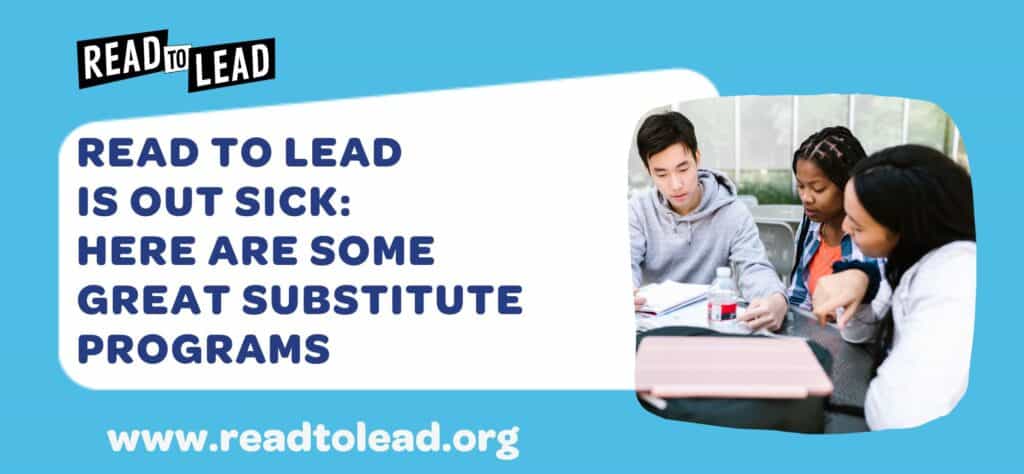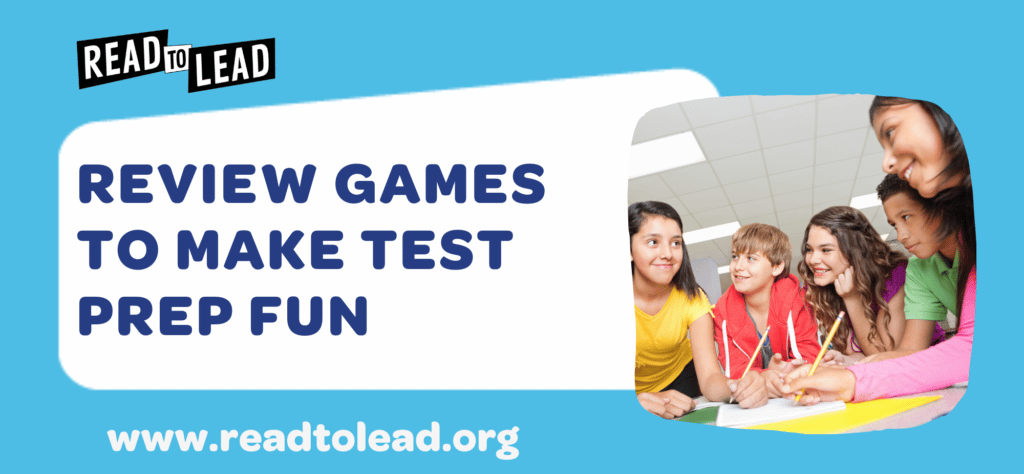
In recent years, more and more attention has been given to the issue of student voice within the context of education. Research shows that student engagement, participation and achievement improves with greater student input across all aspects of school life. As such, educators and school administrators are beginning to place more emphasis on listening to students’ perspectives and taking them into consideration in decision-making. As you prepare for the upcoming school year, here are three ways you can help elevate your students voices within the classroom to create better learning outcomes.
????????♂️ Shift From a Teacher-Led to Student-Led Classroom
Gone are the days when teachers stood at the front of the classroom and lectured for hours, while students sat and passively absorbed information. Student-led classrooms are the way forward if you want your students to be actively participating in their own learning, retaining more information, and developing critical-thinking and problem solving skills.
The shift to student-led classrooms can include more debate or discussion style lessons that allow students to lead conversations. Create opportunities within the curriculum for independent study, where students can pick topics they are interested in to further their knowledge. Offer electives, particularly ones that have been requested by students themselves, as another avenue to cater to student interests. Allowing them choice to pursue areas of interest is one simple, yet effective way of elevating student voices.
???? Emphasize Project-Based Learning
Project-based learning encourages students to be active participants in their own education and gives them more choice in how they direct and demonstrate their knowledge and skills. By empowering them to discover key learning outcomes for themselves, students remain more engaged through the process and retain knowledge better. Educators can experiment with holistic projects that span content themes, or even cross-curricular projects that reinforce multi-disciplinary skills. Not only will students take more ownership in their learning, but also acquire useful problem-solving skills.
???? Integrate Technology and Digital Tools
Harness the power of technology and digital tools within the classroom to differentiate learning and give students a greater say in their own education. It is now easier than ever to engage more students, even the quiet, timid or less outspoken ones, with the help of technology. Students who may otherwise lack the confidence to share their thoughts and opinions can now do so with greater ease and comfort when educators integrate digital tools such as Kahoot!, Parlay, YoTeach and NowComment into their classrooms.
Gamified platforms such as Read to LeadⓇ give students the freedom to direct their learning within a real world context, while allowing students to create their own class website, like this teacher discovered, can help students develop transdisciplinary skills and cultivate essential life skills.
Elevating student voices within the classroom does not have to be difficult, but it does require some careful planning and deliberate choice on the part of the educator. As tempting as it is to stick to tried and tested methods of running a classroom, putting students front-and-center and allowing them to share their thoughts and feedback will have dramatic impact on student engagement, participation and outcomes.
What are your ideas for empowering students within the classroom and elevating student voices? Join the conversation with fellow educators and share your ideas with us on Facebook, Twitter and Instagram!
About Read to Lead
Read to Lead uses the power of game-based learning to empower middle school students to build literacy, life, and career skills. Teachers can sign up for a free account to get started!


